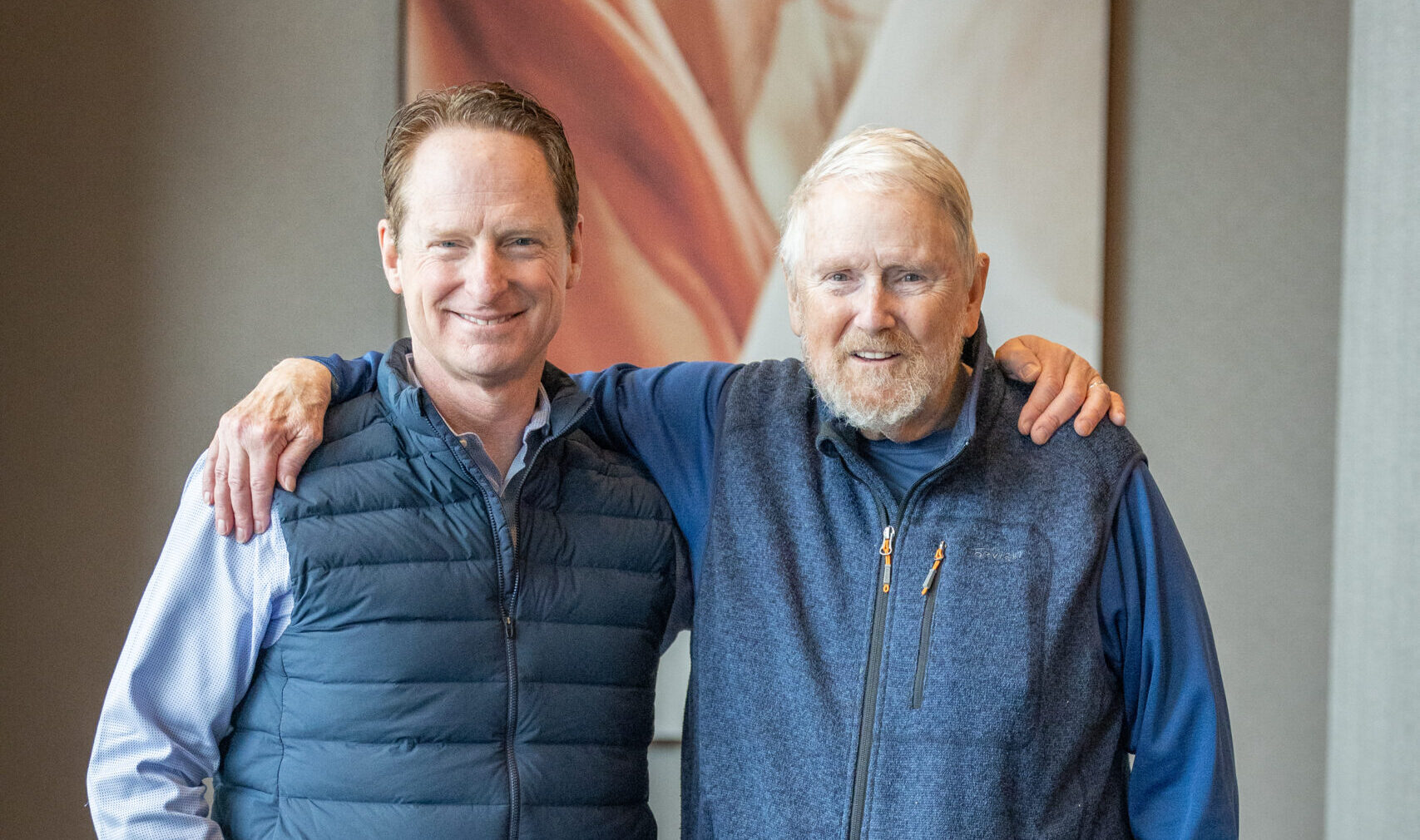
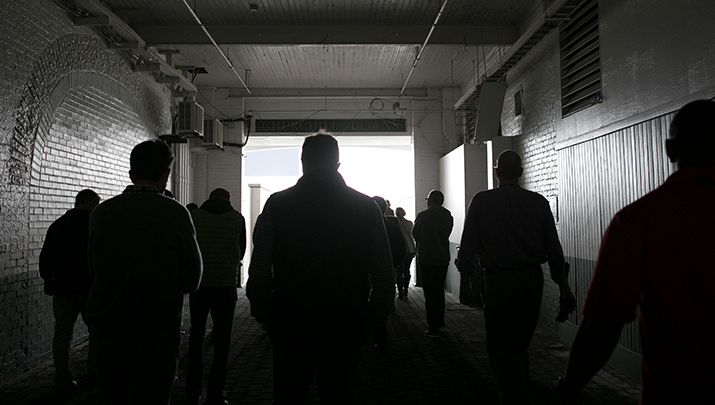
Fighting for Growth and Innovation in Ali’s Hometown
- Stephane Fitch
- FitchInk
“I’m gonna whup him,” an outraged 12-year-old Cassius Clay cried out from the steps of Louisville’s Columbia Auditorium. It was 1954, and somebody had just pinched the young Clay’s red Schwinn. A passerby, a police sergeant named Joe Martin, happened to be heading into a basement boxing gym in that auditorium, where he was a part-time trainer. He asked Clay pointedly: “Do you know how to fight? You should know how to fight if you’re going to whup somebody.”
Turned out to be a truly inspired question.
Clay wiped away his tears and learned to fight. He grew to become Muhammad Ali, Olympic gold-medalist, three-time world boxing champion whose losses are as famous as his wins, influential civil rights and spiritual leader, folk hero, flawed and beloved American cultural icon. Oh yeah, he’s also known as “The Greatest.”
Growth, excellence and innovation? More than 60 Evergreen business owners and I discovered something about all three in another basement in Louisville, seven or eight blocks north of the very spot where Ali had his “red bike moment.” You have to fight for them. You may get pummeled, you may get confused before you find your way forward. Before there is growth, excellence and innovation, there is almost always anguish.
On Oct. 10, we gathered at the 21c Museum Hotel for the Tugboat Institute’s fall Exemplar retreat. Playing role of Joe Martin, trainer and interlocutor, was Edward D. Hess, the noted Darden School of Business professor, author of a dozen books and adviser to many a high-performance company. If any of us was hoping for a few nifty, neatly packaged tricks for how to grow our businesses, Hess made it clear early on they weren’t coming. “Growth is change,” Hess put it, in his lilting Georgia accent. “And change is hard on human beings.”
Over the next two days, Hess led us through a rogue’s gallery of concepts for businesspeople who want to turbocharge their growth. My mind was soon spinning. “He packed a lot in his workshops for us,” Dave Whorton said later. “Ed has an amazing ability to synthesize his and so many other ideas into a comprehensive framework that spans Carol Dweck’s Growth Mindset to IDEO’s innovation methodology to Toyota Production System to many others.”
We weren’t expected to shadowbox. Hess urged us to look to each other for help. Whorton gave us proper sparring partners, fellow Tugboaters whose companies were of similar nature or weight class: heavy, welterweight, bantam, etc. My fellow pugilists: Conni Reed, of Austin-based Consuela; Ross Evans, of Oakland-based Xtracycle; and Carrie Van Winkle Greener of Pappy & Co. and Ryan Waterfield of BigLife, the last two each based in Sun Valley, Idaho.
The first day focused largely on growth. Each of us had to figure out what kind of growth made sense for our companies. There’s no one-size-fits-all growth formula, particularly for Evergreen companies that aim to not only grow and profit but also fulfill a larger purpose, Hess argued. He urged us to look at our growth plans as part of a four-quadrant matrix, with some “growth initiations” aimed at achieving immediate results and others expected to produce a yield in two or more years. Some of them should boost top-line sales and others bottom-line profits. Which mattered most? It depends on what kind of company you lead, Hess said. Regardless, it is important to figure out a way, he said, to set plans in all four categories.
Hess passed from table to table, alternatively hectoring and encouraging, always jabbing questions: “What could I be doing,” he told us to ask ourselves, “that I’m not doing or that I’m doing poorly?” “What could happen in my industry that might mess things up, and how should I respond?” For more inspiration, look at the seven pointed questions on slide 19 of your decks, he urged us. Title: Scaling Boosters Checklist.
Day two, which focused largely on innovation, brought more thudding shots to the frontal lobes. Drawing upon material in his newest book, Humility Is the New Smart, Hess hit us with a flurry of ideas meant to help us defeat what Nobel-winning Princeton psychology professor Daniel Kahneman would call our “inherent inability to acknowledge the full extent of our ignorance.” Innovation is hard because it demands that we welcome risky behavior and seek out discomfort, Hess said. So embrace the pain.
It’s a bad habit of smaller firms to dismiss the need for small improvements and operational excellence, calculating that mistakes will be paid for by the innovations and rapid expansion. Hess insisted that even small, fast-growing firms should aspire to reduce operational mistakes. Meanwhile, big, well-established firms are so good at minimizing mistakes that they often can no longer tolerate the mistakes required by innovation. Only the great companies learn to balance the tension inherent in operational excellence (making no mistakes) and pragmatic innovation (lots of experiments and mistakes).
By the way, for the often capital-restricted younger Evergreen companies, Hess warned us, growth itself can be toxic if there’s too much. He tartly dismissed the axioms that businesses must “grow or die” and that “bigger is always better” and so on. “These are myths,” he said.
For example, if an Evergreen firm eagerly accepts too many new orders from eager customers with a long pay horizon and can’t finance the manufacture of enough products to fulfill the rocketing demand, it can get upside-down or swamped in debt. You’ll need either braver lenders, new Evergreen equity partners or a good bankruptcy attorney. Don’t believe it? Tugboat provided us all with an Excel file that allowed us to calculate our self-financeable growth (SFG) rate based upon a Harvard Business Review article.
The tool allowed some of us to realize that the trick to properly financing high growth is often raising prices a little (perhaps disappointing a few customers), reducing waste, improving margins and improving your cash cycle. You get to stay in business and stay away from the exit-oriented investor path. Think of it as the business equivalent of Ali’s rope-a-dope — a strategy that looks tentative and unflashy, but will win big in the long run.
By Thursday afternoon, some of us felt like dopes on a rope. I found Tugboaters wandering glassy-eyed on the streets, processing how to create new “innovation processes” that, as Hess put it, would help us lay off harmful patterns of “ego affirmation” and promote the innovation culture and behaviors that we all hoped to see from our employees. Some crawled to the bar across the street from our hotel, determined, they said, to sort all this out over a beer. Some looked wearily ahead to the visit that Aric Andrews had planned for us all to Churchill Downs that afternoon, and the dinner and bourbon tasting my sparring partner Carrie had planned for that evening. And honestly, a few of us were flat-out annoyed.
Hess wasn’t. He looked around, ever the avuncular boxing trainer, quietly satisfied as people worked hard to formulate and articulate their new growth plans with their peers. Innovation and growth often begin with pain. Or a stolen red bicycle.
More Articles and Videos
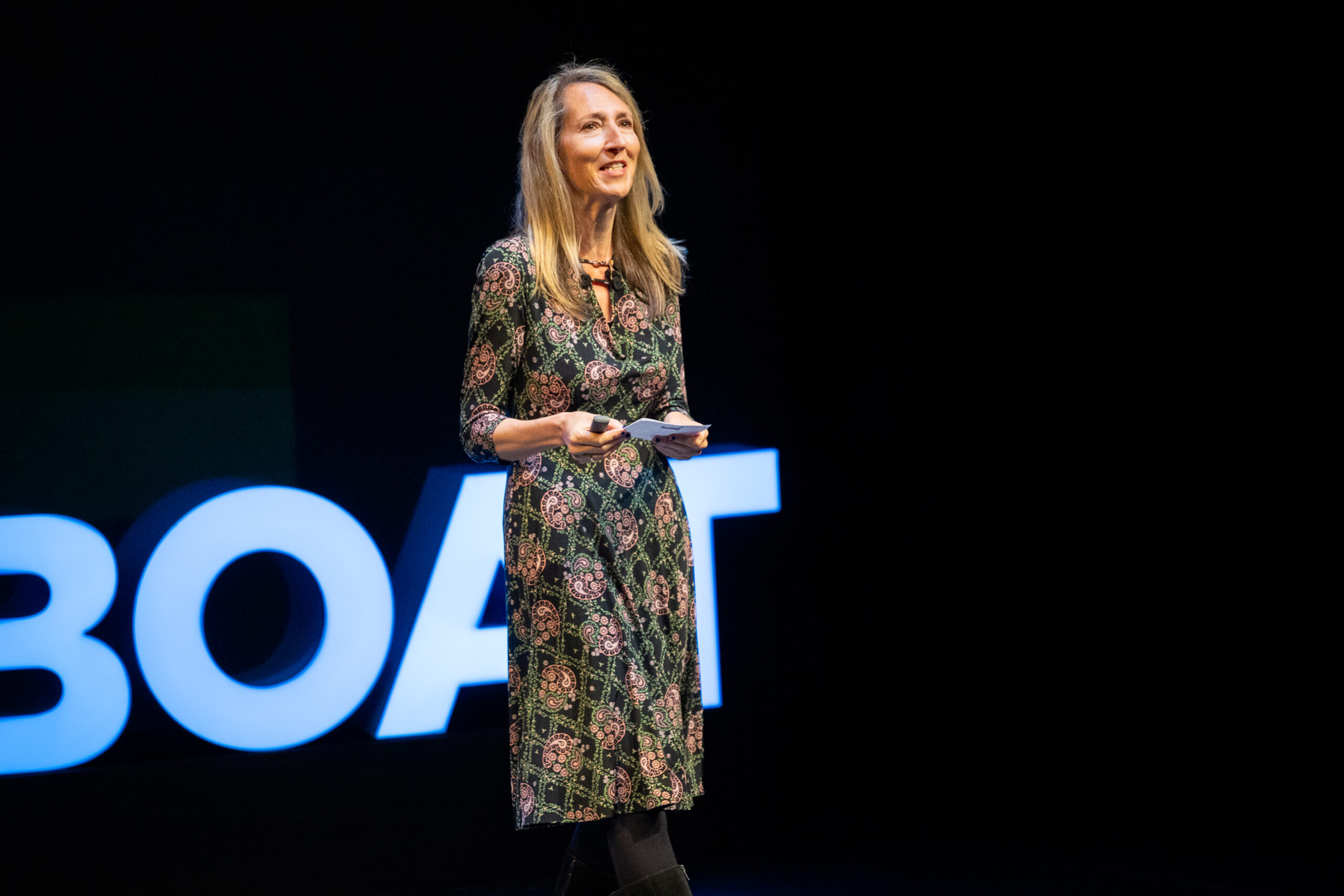
The Science of Happiness and Social Connection
- Sonja Lyubomirsky
- University of California, Riverside
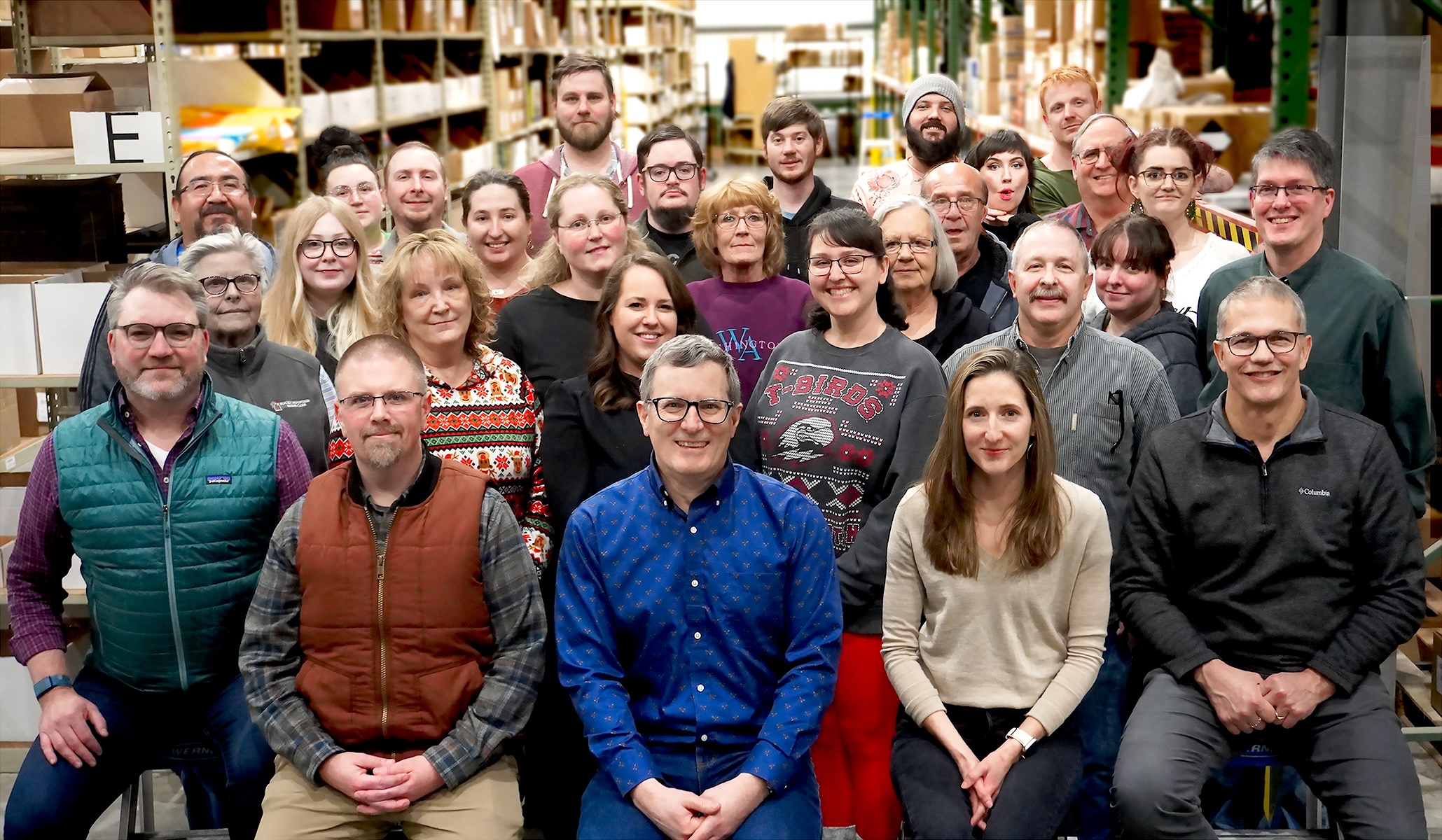
Transforming Compensation Practices as a Foundation for Growth
- Frank Schaner
- Home Science Tools
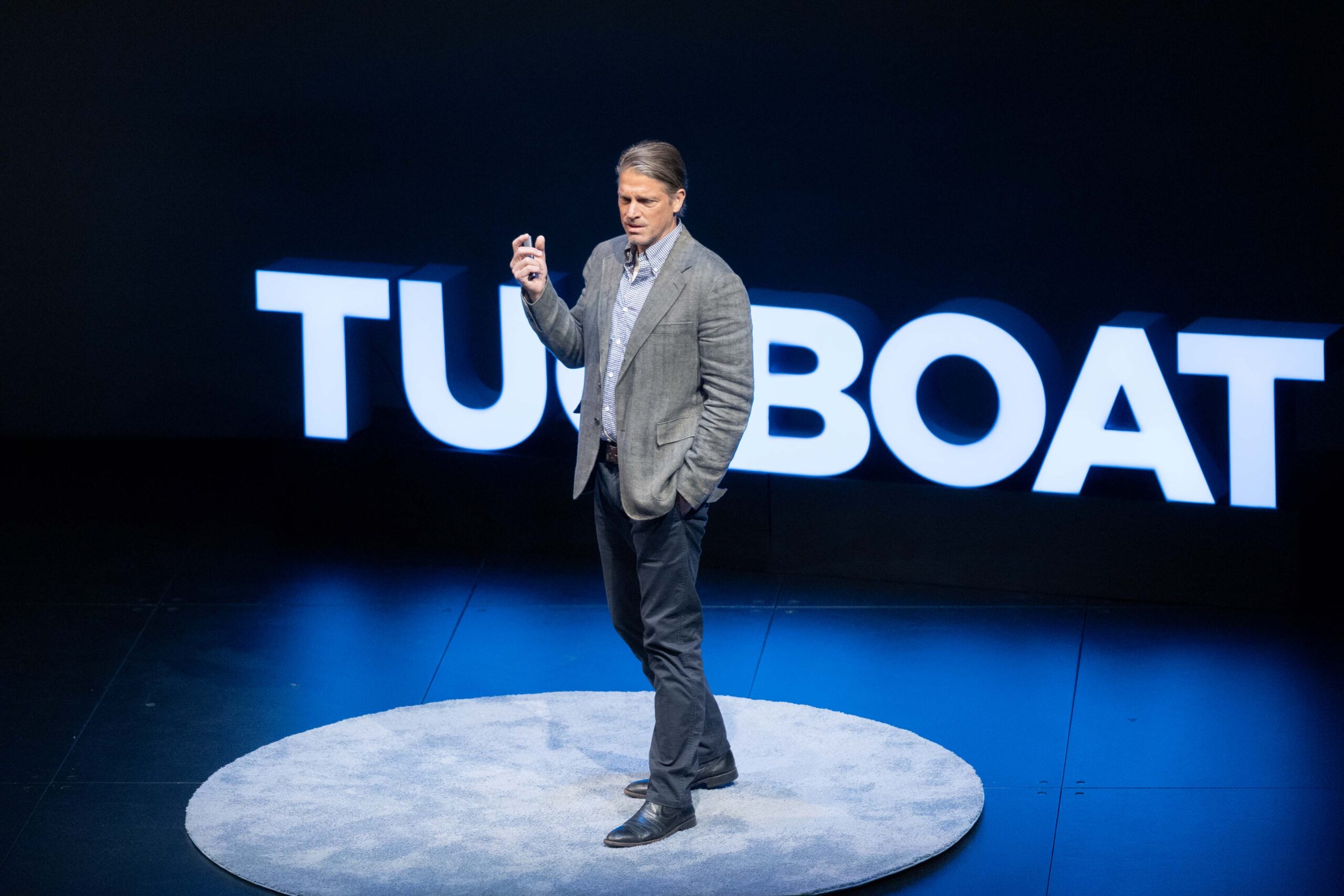
Collaborative Landscapes: Shaping Successful Partnerships with Design
- Paul Seck
- MVVA, Inc.

Get Evergreen insight and wisdom delivered to your inbox every week
By signing up, you understand and agree that we will store, process and manage your personal information according to our Privacy Policy
